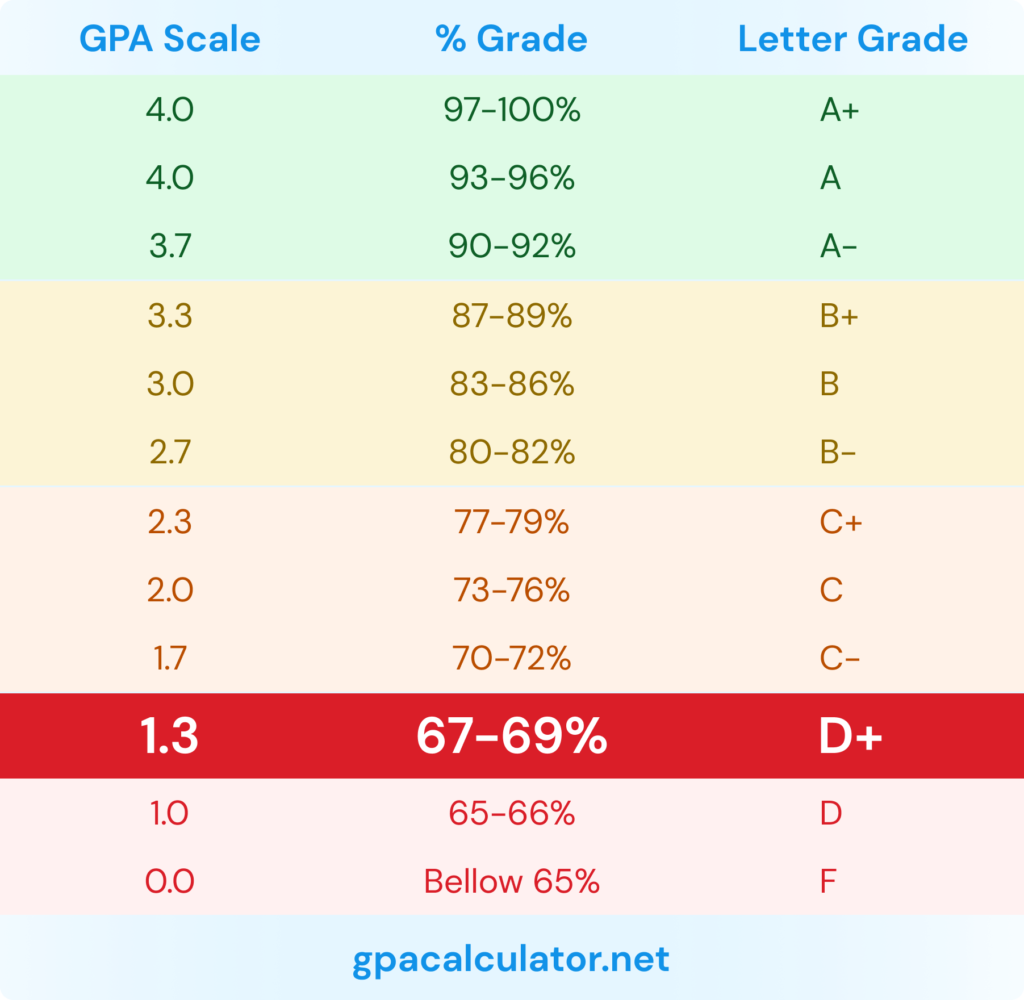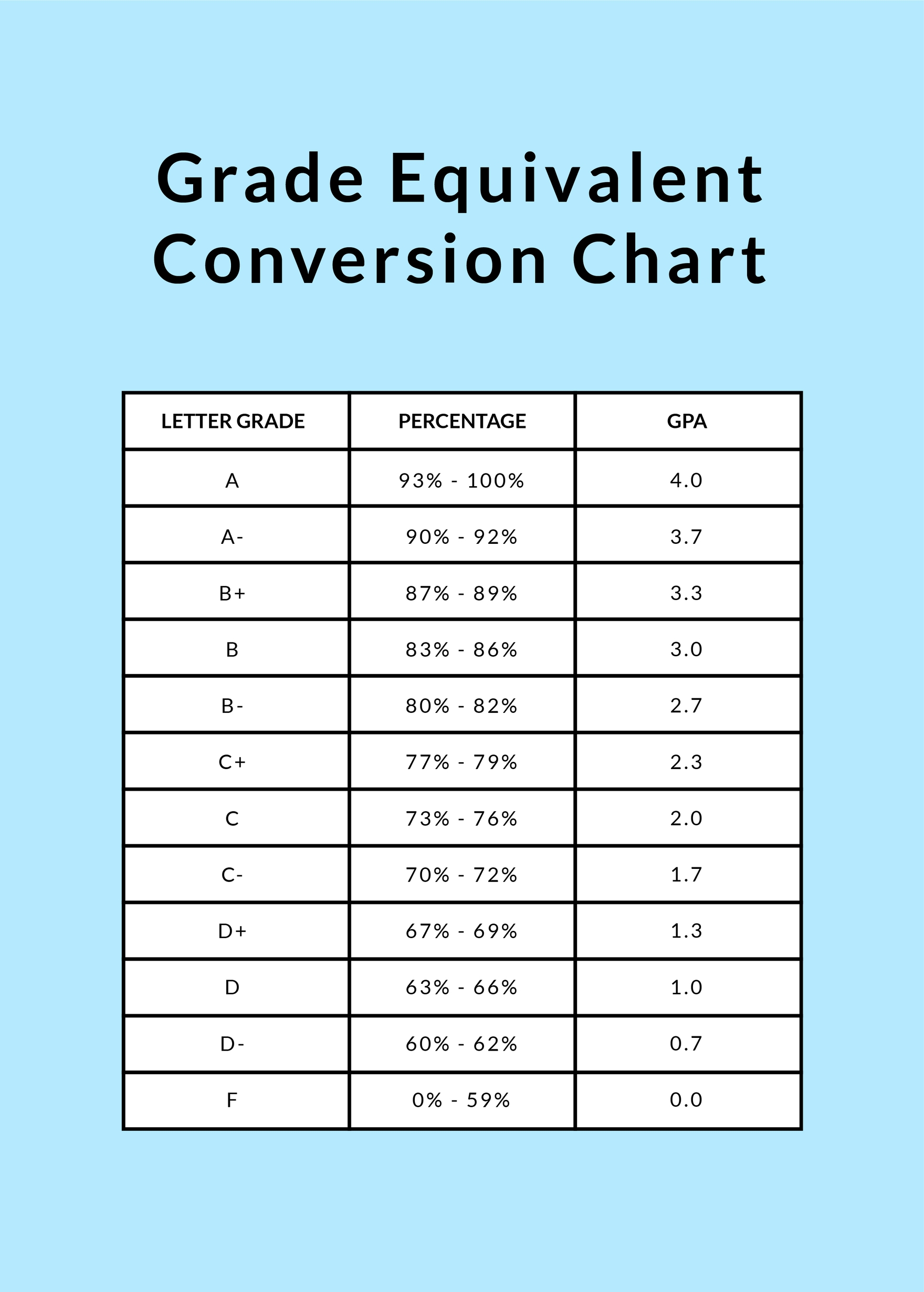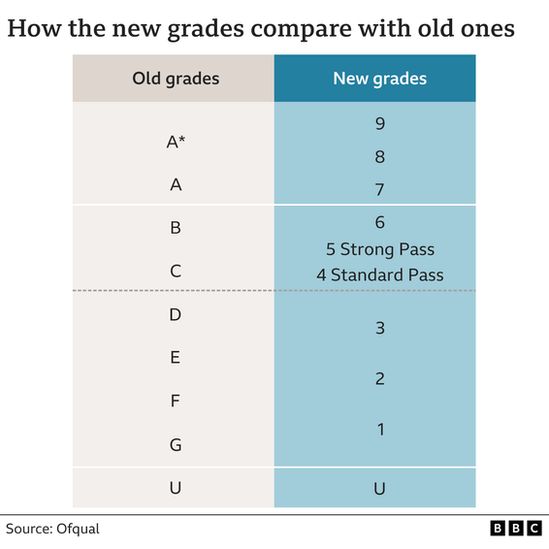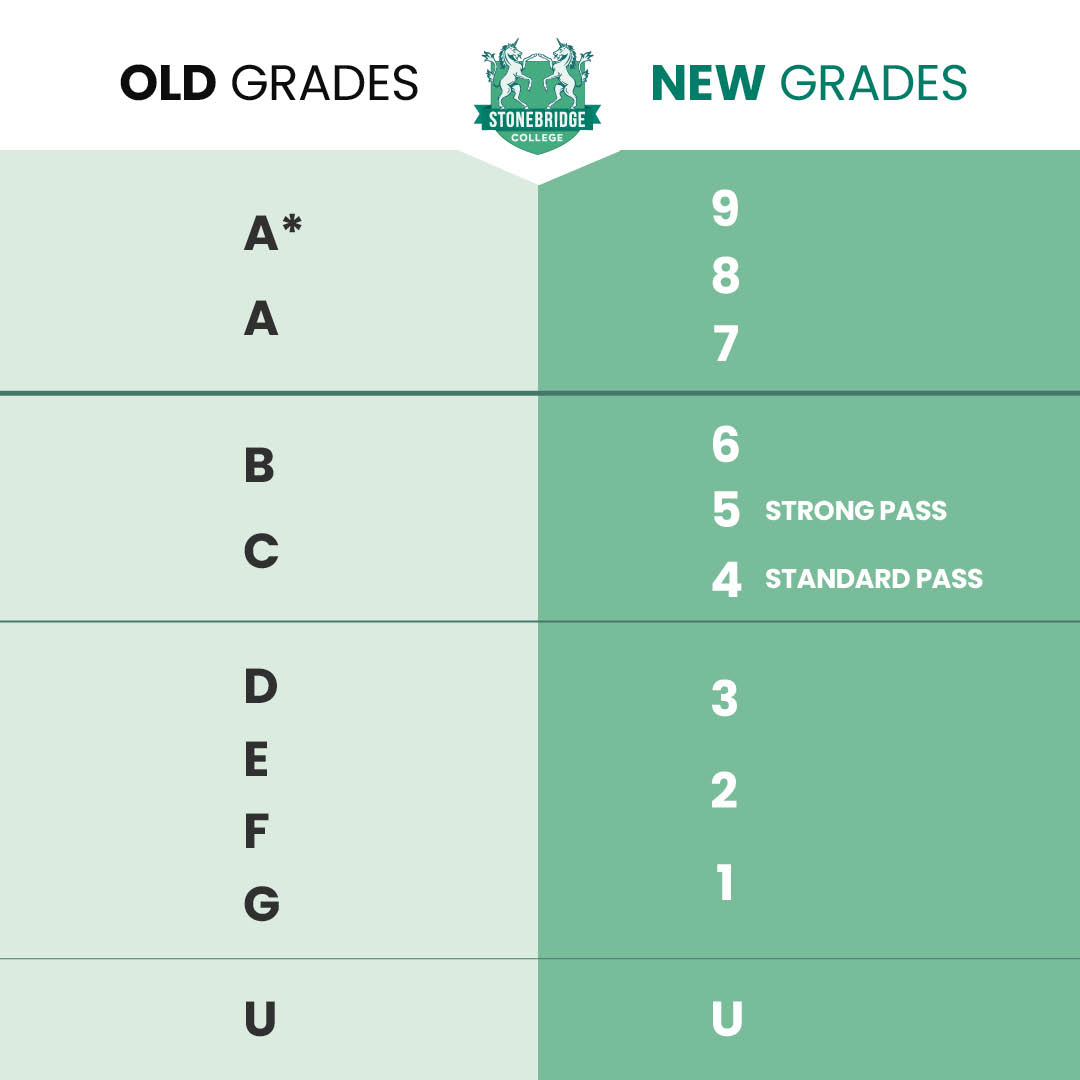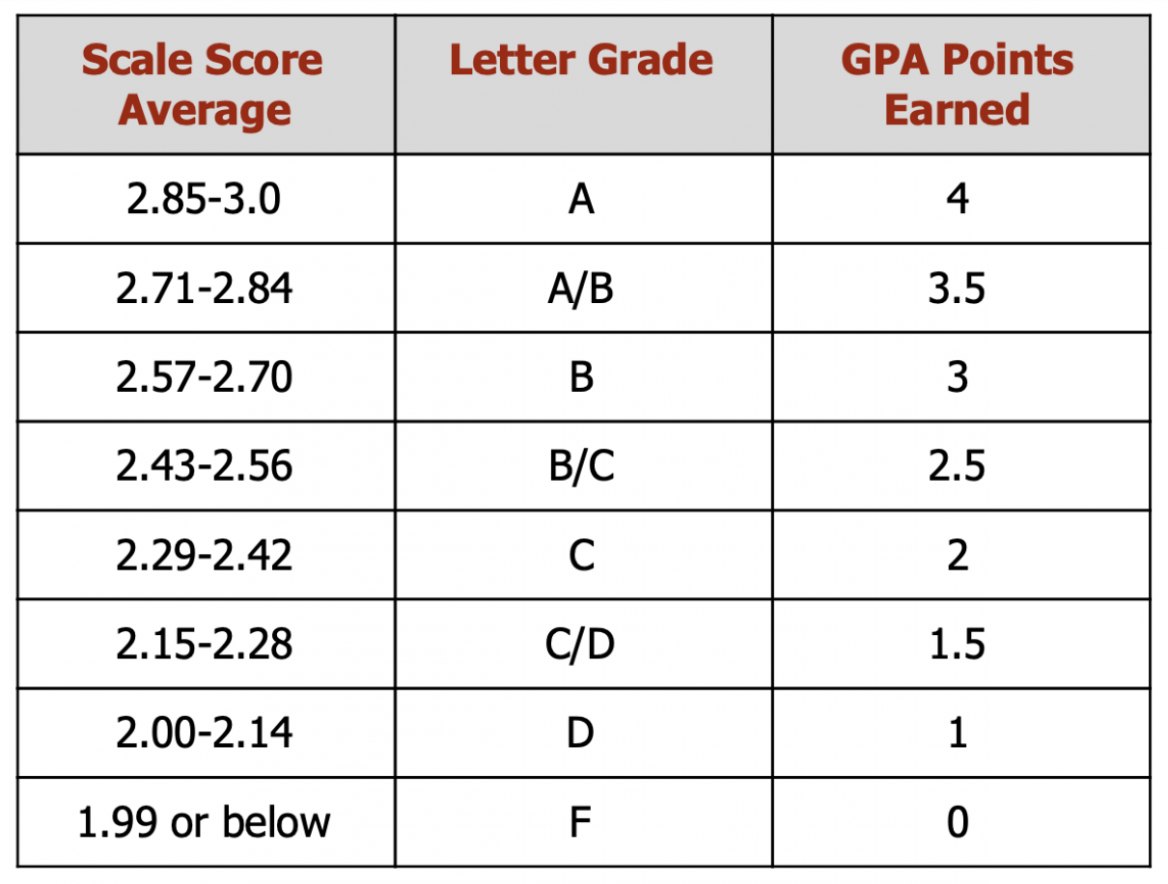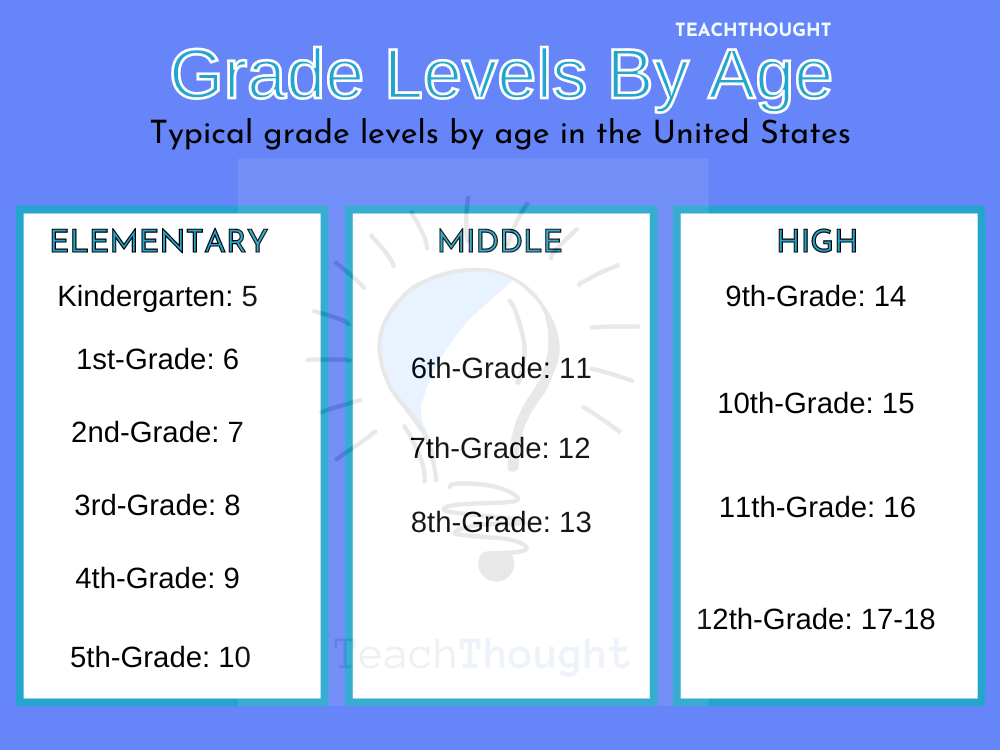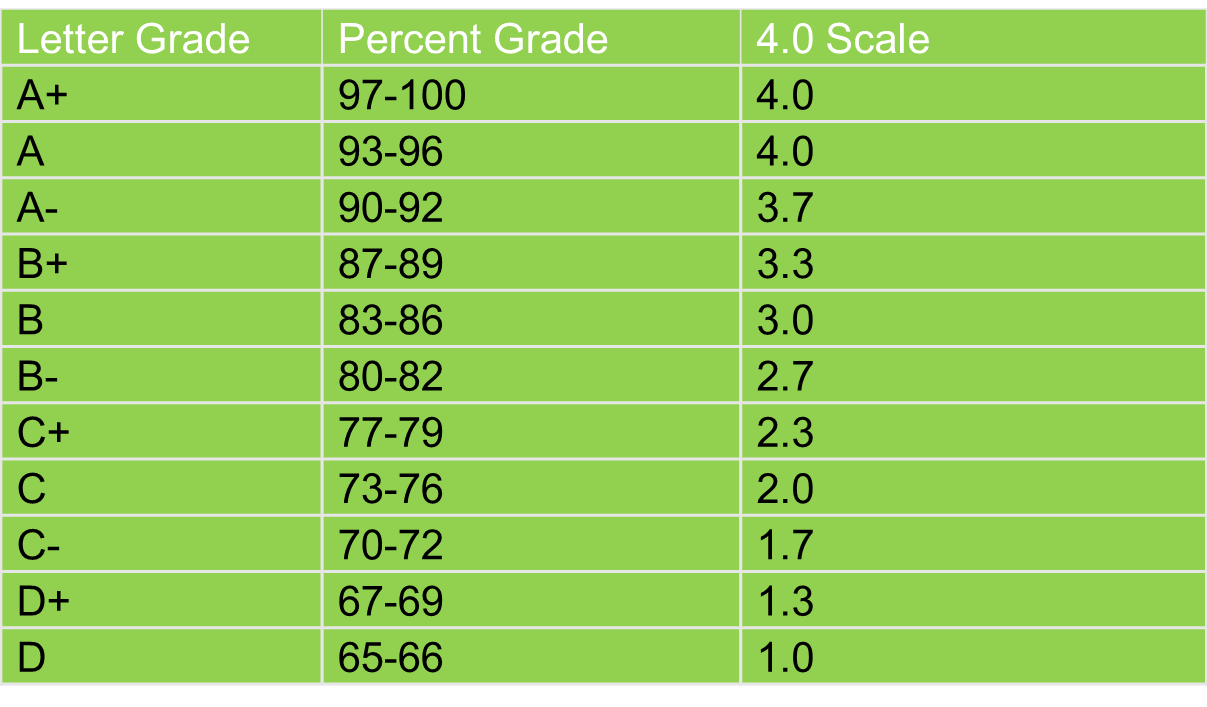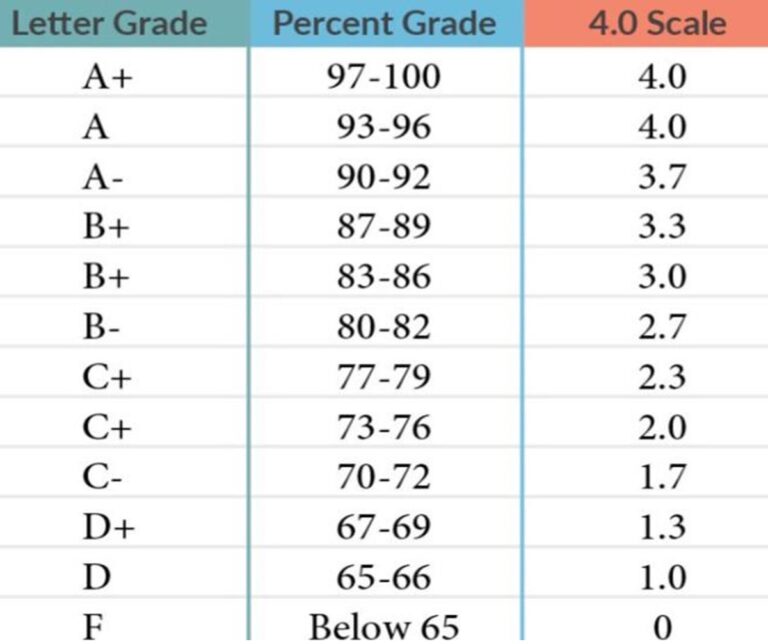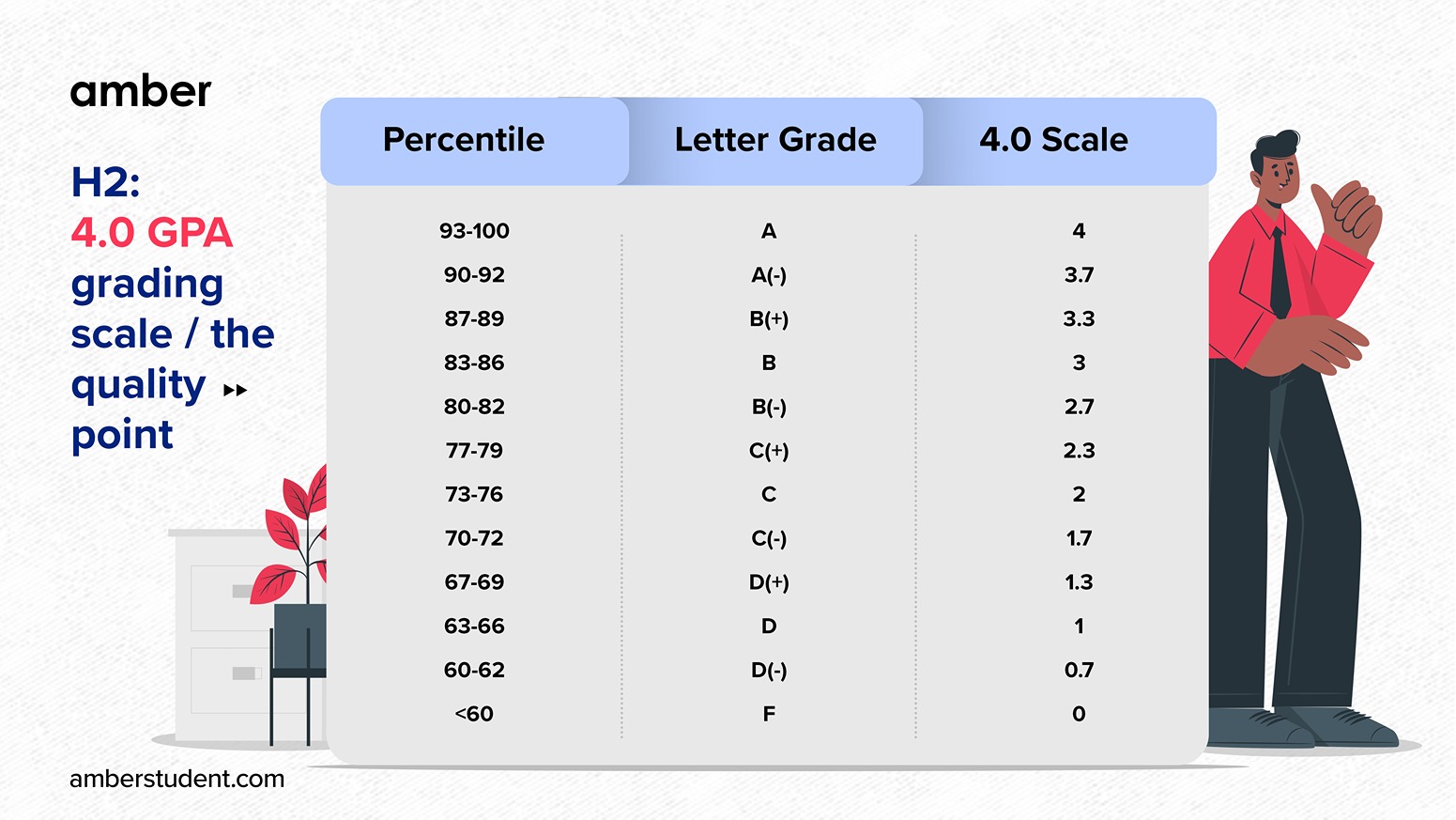What Grade Is 28 Out Of 30
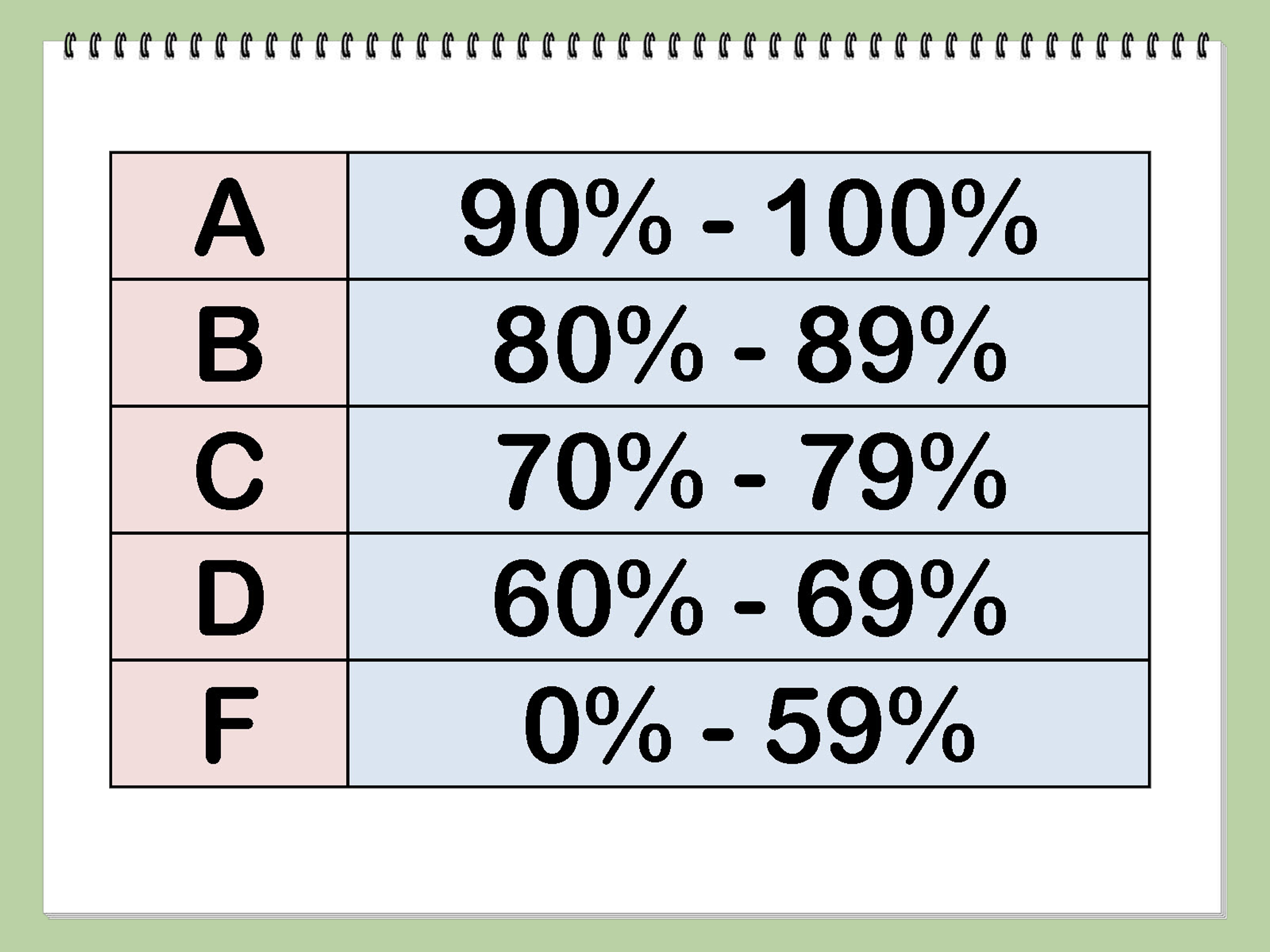
For many students, parents, and educators, the question of translating numerical scores into letter grades is a common and sometimes fraught exercise. While the specific answer to "What grade is 28 out of 30?" seems straightforward, the reality is that the resulting letter grade depends heavily on the grading scale used by the institution or individual teacher.
This article delves into the common grading scales utilized in educational settings to determine the equivalent letter grade for a score of 28 out of 30, exploring the variations and nuances that can significantly impact a student's academic record. Understanding these scales is crucial for interpreting academic performance and navigating the complexities of educational assessment.
Grading Scales: A Diverse Landscape
Grading scales are not universally standardized, resulting in a variety of interpretations for numerical scores. A 93% earned on an assignment might be considered an 'A' in one classroom but an 'A-' in another.
These differences can arise from institutional policies, teacher preferences, or even the specific subject matter being evaluated. Therefore, understanding the scale being used is paramount.
Common Grading Scales Explained
One of the most prevalent grading scales assigns letter grades based on percentage ranges. This system typically looks like this:
A: 90-100%
B: 80-89%
C: 70-79%
D: 60-69%
F: Below 60%
Using this scale, a score of 28 out of 30, which equates to approximately 93.3%, would typically be classified as an A. This aligns with the higher end of the A range.
However, many institutions utilize a plus/minus grading system, adding further nuance to the interpretation. This scale expands the letter grades with '+' and '-' designations.
A+: 97-100%
A: 93-96%
A-: 90-92%
B+: 87-89%
B: 83-86%
B-: 80-82%
C+: 77-79%
C: 73-76%
C-: 70-72%
D+: 67-69%
D: 63-66%
D-: 60-62%
F: Below 60%
Under this more granular scale, a 93.3% would likely be an A, falling comfortably within the 93-96% range. The slight variation between 93% and 93.3% rarely makes a difference.
Some institutions even use a more simplified grading scale, focusing on broader letter grade categories without the plus or minus distinctions. This scale often looks as follow:
A: 90-100%
B: 80-89%
C: 70-79%
D: 60-69%
F: Below 60%
Again, in this scenario, 28 out of 30 would equate to an A. This system offers less precision but remains widely adopted.
The Impact of Grading Policies
The specific grading policy adopted by a school or professor can have a significant impact on a student’s GPA (Grade Point Average). GPA plays a crucial role in college admissions, scholarship applications, and even future employment opportunities.
A seemingly small difference in the grading scale, such as the inclusion of plus/minus grades, can aggregate across multiple courses and influence a student's overall academic standing.
Furthermore, the weighting of different assignments can alter the effect of a single score. A 28/30 on a minor quiz will obviously have less impact than a 28/30 on a final exam.
Beyond Letter Grades: A Holistic View
While letter grades provide a standardized way to assess student performance, many educators emphasize the importance of a more holistic view of learning. This perspective focuses on the growth and progress demonstrated by a student, rather than solely on numerical scores.
Alternative assessment methods, such as portfolios, projects, and class participation, are increasingly being incorporated to provide a more comprehensive evaluation of student learning.
Discussions between teachers, students, and parents can also help to provide a deeper understanding of a student's strengths and weaknesses.
Conclusion: Context is Key
In conclusion, while 28 out of 30 generally translates to an A grade, the definitive answer hinges on the specific grading scale being used. Therefore, it is essential for students and parents to be aware of the grading policies in place.
Consulting with teachers or accessing school resources can provide clarity and prevent misunderstandings. Remember that grades are just one facet of a student's overall learning journey.
Focusing on continuous improvement and a genuine understanding of the material will ultimately contribute more to long-term success than simply chasing a specific letter grade.


